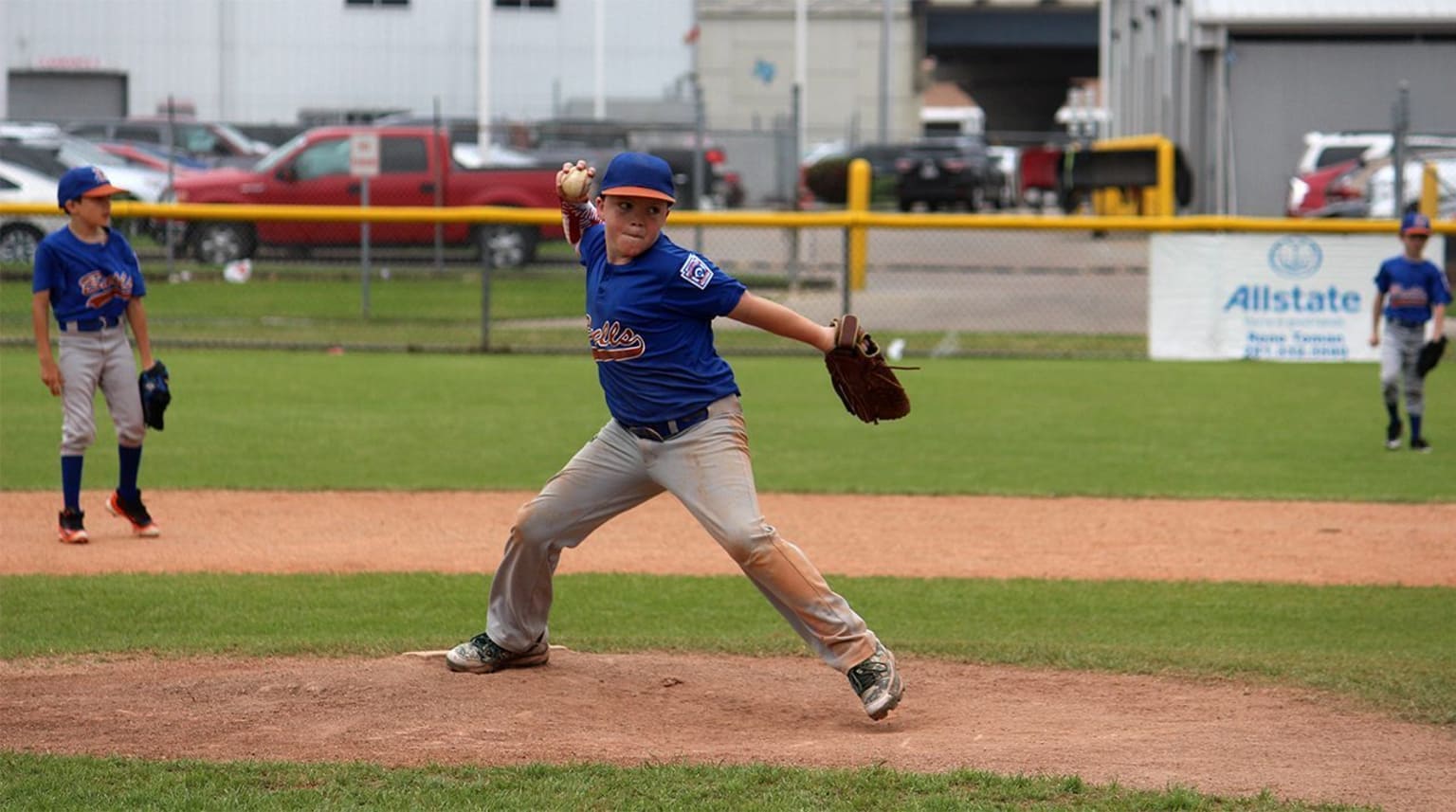Working the Count Is Key to a Pitcher’s Success

The impact of the first pitch on the outcome of each at-bat has been well researched and frequently discussed.
Major League Baseball Pitching Coach Ken Hickey, says there are other counts that deserve just as much attention in developing successful pitchers. Mr. Hickey told youth, high school and college baseball and softball coaches that throwing strikes on 1-1 counts is even more important than when the count is 0-0. He also cautioned that baseball pitchers often are taught the wrong approach to an 0-2 count.
“Waste pitch is not in my vocabulary. No balls and two strikes, that’s the kill pitch. That’s the put-away pitch.”
Getting Ahead
“I’m a huge fan of strike number one. Strike number one is great,” said Mr. Hickey. “But, in my world, and I think probably the entire baseball world . . . the critical pitch is the 1-1 pitch. If you can go from one ball and one strike to one ball and two strikes, you are in the driver’s seat.”
It’s all about the edge of working with the lead, something that translates to strategic advantages across all aspects of sports.
Mr. Hickey has charted the statistical impact of different counts on individual pitchers and his entire staff throughout his minor league and Major League coaching career. Others have done it on baseball as a whole and, although the particular numbers may change at different levels, the disparity they show across different counts is consistent.
On his sheet, Mr. Hickey tracks pitches according to three columns — ahead, behind and even in the count. The impact of switching becomes greater later in the count than on the first pitch.
“If you get into the ‘ahead’ column, they reach base at about .230 on hits and walks,” said Mr. Hickey. “If you get to that other column and get behind, they reach base .450 to .480, sometimes even up around .500. There are times it gets to .750 in a game … It is so critical.”
Winning the 1-1 battle is something a starting pitcher on the professional level often faces more than 10 times in a game.
“If you face 27 batters, it might happen a dozen times,” said Mr. Hickey. “If you go behind eight times and ahead only four, you’re not going to find success. The only way to survive is to work on the plus side. I’ll take the first strike every day, but I have to have the 1-1.”
Mr. Hickey said pitchers need to be throwing pitches they are committed to, and know they can execute in those key count situations in order to be successful.
Staying Ahead
Mr. Hickey does not agree with the idea of a “waste pitch” on an 0-2 count.
“No balls and two strikes is like first-and-goal,” said Mr. Hickey. “You don’t run three plays then hope to stick it in the end zone on fourth down, you try to score.”
Similarly, pitchers should use their advantage in the count to try to finish off a hitter.
“Waste pitch is not in my vocabulary,” said Mr. Hickey. “No balls and two strikes, that’s the kill pitch. That’s the put-away pitch.”
Hickey likes to have his pitchers work “north and south,” in that situation, moving pitches up and down, but keeping them over or around the plate.
“Throwing a pitch six inches off the plate against a decent hitter, that is just a wasted pitch,” said Mr. Hickey.
More Numbers
Coaches at lower levels can track the same statistics Mr. Hickey did and are almost certain to find similar trends.
Research on Major League Baseball as a whole supported his findings.
Writing for The Sporting News late in the 2014 season, Ryan Fagan pointed out that MLB hitters that season had a .226 on-base percentage after reaching a 1-2 count. He listed the difference as a .178 batting average and .489 OPS (on-base percentage plus slugging percentage) after reaching 1-2, compared to a .252 average and .781 OPS after reaching 2-1.
Zach Helfand found similar results about two-thirds of the way through the 2015 season, while writing for the Los Angeles Times and pointing out that, “advanced analytics show the 1-1 count actually is the most likely to be an at-bat’s turning point,” and reporting that the Los Angeles Dodgers place particular emphasis on tracking pitchers’ 1-1 strike percentage.
Batters were hitting .342 on a 2-1 count and .169 on 1-2 counts. Similar to Mr. Hickey’s projections, he found that nearly 40 percent of MLB at-bats reached a 1-1 count.
Ken Hickey’s 16 complete games for the University of Texas-Pan American in 1983 while going 16-2 with a 1.66 earned run average remains the fourth-most in NCAA history. That season led to Mr. Hickey being drafted by the Chicago White Sox and pitching six seasons in the minor leagues before becoming a pitching coach. Mr. Hickey spent 14 seasons coaching in the minors, including in 1998, when he was pitching coach of the New Orleans Zephyrs team that won the first Triple-A World Series. After becoming pitching coach of the Houston Astros during the 2004 season, Mr. Hickey’s 2005 staff led the National League in fewest runs and walks allowed on the way to the World Series. He became pitching coach for Tampa Bay in November 2006, and is currently a member of the Rays’ coaching staff.